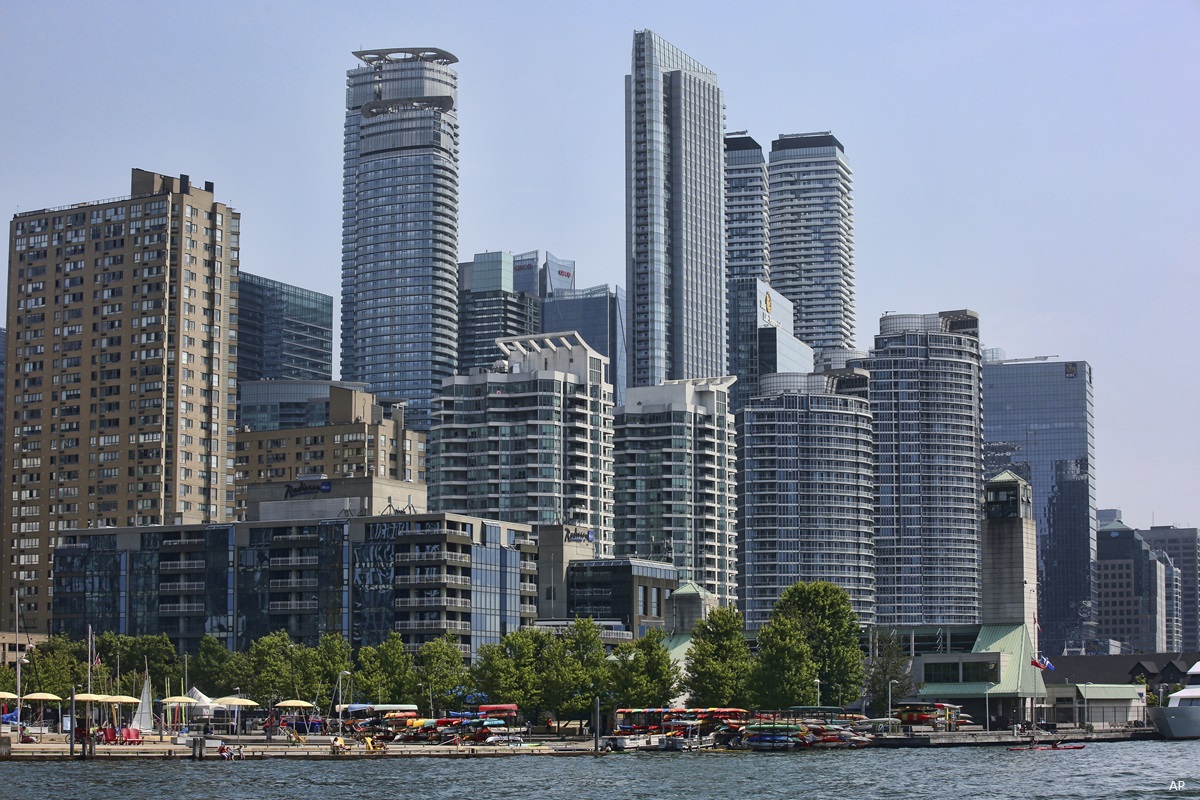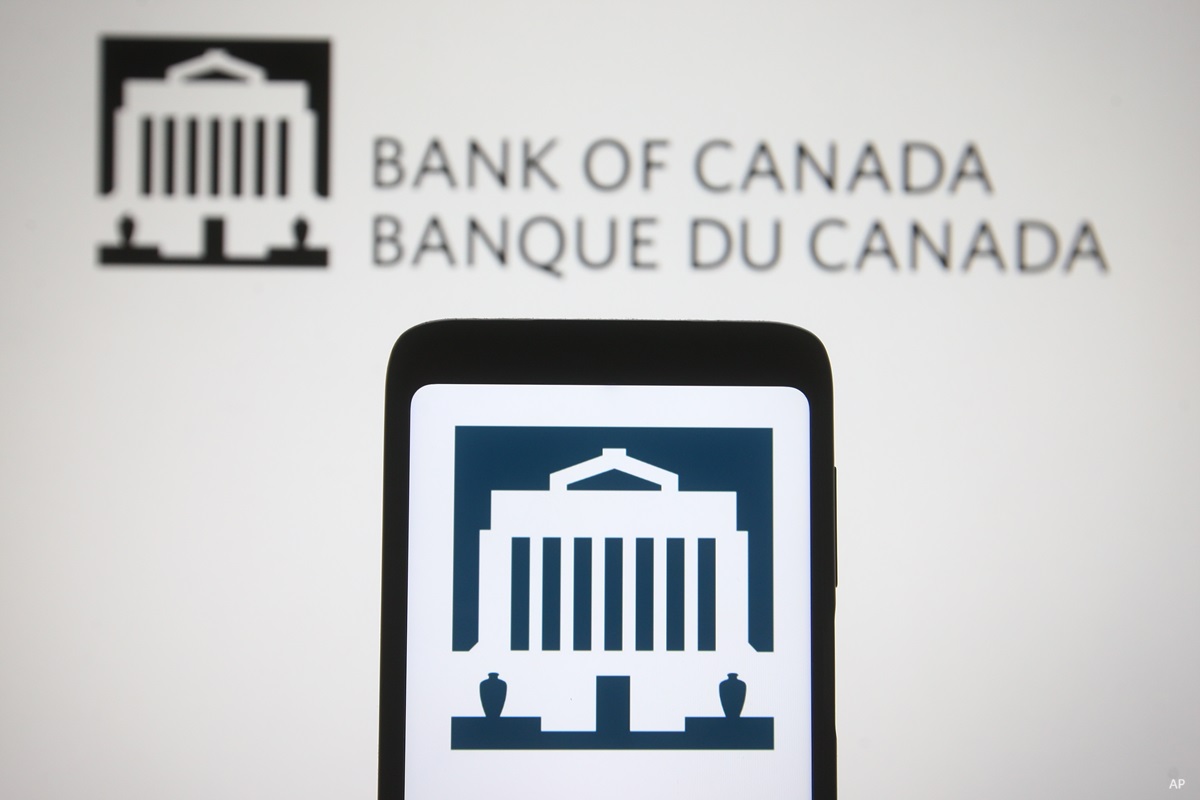
The dramatic rise in home values in recent years has made homeownership a daunting proposal for would-be first-time purchasers. New measures look to make it easier, but they will pose a challenge in terms of deciphering what will now be available to homebuyers and how the various programs will interact.
To make it easier for new buyers to come up with a down payment – which federal regulations now require to be 20% of the price of a home purchase of $1 million or more, although less on lower purchase prices – the April 7 federal budget proposed several new programs and changes to several existing ones:
Existing Programs and Changes
- RRSP Home Buyers Plan (HBP)
For many years, individuals have been able to tap a registered retirement saving plan (RRSP) to buy or build their first home. The maximum amount that can be withdrawn tax-free for this purpose is currently $35,000. Spouses can each make a maximum withdrawal from their respective RRSPs to fund the same home purchase (for a maximum total of $70,000). The amount “borrowed” from your plan must be repaid within 15 years of the second year following the withdrawal.
The definition of a first-time buyer is anyone who has not owned a home for a period of five years up to and including the year of the HBP withdrawal. You must have fully repaid any previous HBP withdrawals. (The five-year rule does not apply to disabled individuals or their relatives who purchase a home that is better suited to the disabled person who will live there.)
- First-Time Home Buyers’ Tax Credit
The budget proposes to increase to $10,000 the maximum amount claimable under the existing non-refundable tax credit available to new homebuyers. The present limit is $5,000. The definition of a first-time purchaser is similar to that of the HBP (see above). Spouses may split the value of the credit, as before.
- Home Accessibility Tax Credit
The amount spent on a home renovation or alteration currently qualifies for a $10,000 non-refundable tax credit, as long as the work done is for the purpose of improving accessibility for a disabled person living in those premises. The budget proposes to double the maximum claim for this credit to $20,000. The occupant must either be disabled (and qualify for the disability tax credit) or be 65 years of age or older at the end of the taxation year.
New Programs and Regulations
- Tax-Free First Home Savings Account (FHSA)
This is a new registered account that allows those who have never owned a home to contribute up to $8,000 a year (to a lifetime maximum of $40,000). Unused contribution room would not be able to be carried forward from one year to the next.
As with an RRSP, contributions to a FHSA would be deductible on your tax return and income earned within the account would be tax-free. Unlike an RRSP, however, the entire amount of a withdrawal would not taxable.
Withdrawals from an FHSA could only be used for the purchase of your first home, and the account must be closed within a year of the first withdrawal. Any unused amount could be transferred to an RRSP or registered retirement income fund (RRIF). No tax would be payable on such transfers, these amounts would not count as – or be limited by – one’s RRSP contribution room. However, once inside one of those accounts and withdrawals would be fully taxable. An unused FHSA would have to be closed within 15 years and proceeds transferred to an RRSP or RRIF. You would not be able to open another FHSA in the future.
Note that HBP savings cannot be used in conjunction with an FHSA to fund the same home purchase. The proceeds must be used for separate acquisitions.
“With this new first-home savings account, the ‘no tax in, no tax out’ feature gives first-time homebuyers maximum incentive to accumulate a larger down payment, making mortgage payments more sustainable over time,” says Mathieu Laberge, Partner and Regional Leader, Economics & Policy, at KPMG Canada. “In doing so, the federal government is also incentivizing them to wait a little before buying, which will ease some of the current demand for housing and may somewhat help slow down house price inflation.”
- Multi-Generational Home Renovation Tax Credit
With the bulk of baby boomers now into retirement age, circumstances may be prompting offspring or relatives to consider accommodating their aging parents/relations in a private living suite within their homes. The budget proposes to introduce a tax credit of up to $50,000 beginning in 2023 to cover the cost of constructing a self-contained apartment or living unit either within their home’s existing footprint or as an extension.
To qualify, the older generation occupants must be 65 or over, or be disabled (and eligible to claim the disability tax credit). The home in which the suite is to be contained must be owned by a parent, grandparent, child, grandchild, brother, sister, aunt, uncle, niece or nephew.
The unit in question must be self-contained with a private entrance and include a kitchen, bathroom and sleeping area. A building permit allowing for a second unit within a home must have been obtained and renovation/construction work finished before applying for the credit. This must be done on the tax return for the year in which the work has been completed. Only one multigenerational renovation per lifetime can be claimed.
Among eligible expenses would be labour and professional services, building materials, fixtures, equipment rentals, and permits. The cost of furniture and removable appliances, as well as other items that retain a value independent of the renovation (such as construction equipment and tools), would not qualify for the credit. Financing costs and ongoing maintenance and housekeeping also would not be eligible.
- Residential Property Flipping Rule
The budget proposes to deny the use of the principal residence exemption for sales of properties that have been owned for less than 12 months. This will prevent property speculators from escaping capital-gain tax on what essentially is a business investment. Normally, individuals who sell their homes can do so tax-free as long as the property is deemed to be a bonafide residence in which they live at some point during the year. Only one property can be sheltered under this rule, although the designation can be changed among residences over time (see
Sold your home? The tax man wants to know). There are many exceptions to the one-year rule where personal circumstances prompt the sale, such as, among other things, if the owner or related person dies or becomes ill or disabled, or if a couple becomes separated for at least 90 days.
- Two-year Ban on Foreign Investment in Housing
Foreign speculators have for years bought up residential properties, notably condos in Vancouver and Toronto, reducing the supply of available units to Canadians seeking places to live and in turn helping drive up prices. With this situation spreading to other large cities, the federal government has proposed restrictions that would prohibit foreign commercial enterprises and individuals who are not permanent residents from acquiring non-recreational, residential property in Canada for a period of two years.
“The ban on foreign purchases is targeted enough, has sufficient exemptions and sunsets in two years, which makes it a prudent approach to address foreign investment activity in the Canadian housing market,” Laberge says. “The extent of this activity is still largely unclear. This measure may be an incremental contributor to easing demand on the housing market.”



















